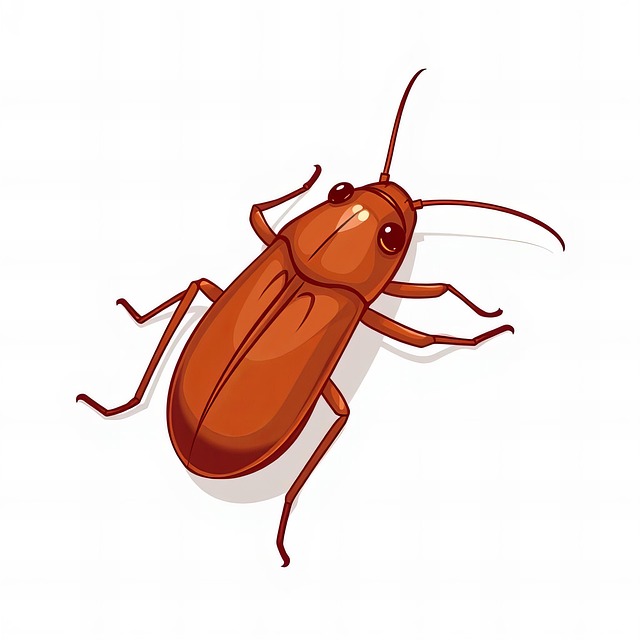Stinging insects like wasps, bees, and hornets can be managed through understanding their habits and preferred habitats (tree hollows, attics, wall voids, patio furniture), which are crucial for targeted nest removal. Residential areas require tailored pest control services offering immediate relief and long-term prevention, including nest elimination, repellent application, and educational guidance. Commercial settings demand an integrated approach using IPM techniques, regular inspections, specialized equipment, and tailored chemical solutions to minimize chemical reliance and promote safety. Preventive measures like sealing gaps, repairing screens, maintaining clean outdoor areas, and using natural deterrents also ensure occupant safety and protect ecosystems from chemical exposure.
In the face of persistent stinging pest problems, whether in residential or commercial settings, tailored solutions are paramount. This comprehensive guide delves into the intricacies of stinging insect behaviors and habitats, offering practical strategies for management. From identifying specific species to implementing effective extermination techniques, we explore residential and commercial approaches. Additionally, we highlight preventive measures and long-term solutions, empowering you with knowledge to mitigate these pests efficiently. Discover expert insights tailored to your needs, focusing on the most effective stinging insect extermination methods.
Understanding Stinging Insect Behaviors and Habitats
Stinging insects, including wasps, bees, and hornets, play a vital role in many ecosystems as pollinators and predators. However, when they establish nests near residential or commercial properties, their behaviors can become problematic for humans. Understanding these insects’ habits is crucial for effective stinging insect extermination.
These pests are drawn to sweet substances, which serve as a primary food source for their colonies. They also prefer areas with easy access to water and protected spaces for nesting. Common habitats include tree hollows, attic spaces, wall voids, and even under patio furniture. Identifying these preferred locations is essential for targeting their nests during extermination efforts, ensuring a more successful and lasting solution to stinging insect problems.
Residential Solutions for Stinging Pest Management
Residential areas often face unique challenges when it comes to stinging pest management due to the close proximity of homes, gardens, and other outdoor spaces where these insects thrive. Effective stinging insect extermination requires a tailored approach that considers both immediate relief and long-term prevention. Professional pest control services offer comprehensive solutions designed for safety and efficiency.
For residential properties, targeted treatments include identifying and eliminating nests, applying repellents, and educating homeowners on preventive measures. Trained technicians use advanced equipment to locate hidden nests and employ eco-friendly methods to reduce the population while ensuring the safety of residents and pets. Regular inspections and maintenance plans are crucial for proactive stinging insect management, providing ongoing protection against these pesky intruders.
Commercial Settings: Effective Extermination Strategies
In commercial settings, effective stinging insect extermination requires a strategic approach due to the larger scale and diverse environments involved. Professional pest control services employ integrated pest management (IPM) techniques, which involve identifying and addressing the specific species causing the problem, their behavior patterns, and habitats within the premises. This method ensures targeted treatments without over-reliance on chemicals, promoting a safer and more sustainable environment for both employees and customers.
Regular inspections play a pivotal role in successful extermination. Commercial spaces, with their complex structures and various entry points, demand thorough assessments to locate nests and identify potential breeding grounds. Once detected, specialized equipment and tailored chemical solutions are deployed by certified technicians. These treatments disrupt the stinging insect life cycle, preventing future infestations while minimizing environmental impact. Effective communication between property managers and pest control experts ensures timely interventions, making commercial settings safer and more welcoming for all.
Preventive Measures and Long-term Solutions
Stinging pest problems can be effectively managed with a combination of preventive measures and long-term solutions tailored to both residential and commercial spaces. Regular inspections are key; identifying potential entry points allows for quick action. Sealing gaps, repairing screens, and maintaining clean outdoor areas significantly reduce the risk of stinging insect invasions.
Long-term success in stinging insect extermination relies on integrated pest management (IPM) strategies. This involves regularly monitoring and treating affected areas while also addressing the broader ecosystem. Implementing natural deterrents like specific plant scents or utilizing targeted, eco-friendly treatments can provide sustained relief. These methods not only ensure the safety of occupants but also protect local ecosystems from unnecessary chemical exposure.
In conclusion, effective stinging pest management requires a multifaceted approach. By understanding the behaviors and habitats of these insects, we can implement tailored solutions for both residential and commercial settings. Integrating preventive measures and long-term strategies ensures a safe and sting-free environment. For professional stinging insect extermination, it’s essential to consult experts who can provide targeted interventions, addressing the unique challenges posed by these pests.
